CREATIVE DIRECTION & DELIVERY
Over the years, I've had a front-row seat to the evolution of design systems—from basic style guides to dynamic, scalable platforms.
My experience spans building and implementing these systems in Adobe XD and Figma, transforming how global, cross-functional teams work. These systems are more than just a collection of assets; they are a single source of truth that ensures design and development are perfectly aligned. By providing a common language and a toolkit of reusable components, they have helped our teams build cohesive, consistent products, reduce errors, and accelerate time to market.
DESIGN SYSTEMS
From Concepts to..
Design systems, need to serve as a single source of truth for the entire organization. I have used them most effectively for unifying my globally distributed team of designers, product owners and developers around a single design ethos. The design systems we have built have helped accelerate development cycles, reduce ‘translation errors’ between designers and developers and have ensured a consistent user experience across all touch-points.
Whether in Figma (my preference) or Adobe XD or even good old-fashioned Powerpoint (yes, this happened) have been very effective in maintaining a cohesive design language especially for complex multi-year product design cycles - rather than creating new components for every design phase, teams pull from a shared, well-documented library, ensuring consistency and brand cohesion.
- Increased Efficiency and Speed: For clients, this means a faster time to market for new features and products.
- Enhanced Consistency: Standardizing design elements like buttons, typography, and color palettes, design systems ensure a cohesive and professional brand presence, building trust with users.
- Improved Collaboration: It is a common language for designers, developers, and product managers and minimizes miscommunication, reduces back-and-forth, and fosters a more collaborative and efficient workflow.
- Reduced Technical Debt: Consistent components lead to cleaner, more manageable codebases.
- Scalability: It provides a framework for continuous improvement for the digital solution, a well-structured design system allows for scalability without sacrificing quality or consistency. New designers can onboard quickly and contribute to a unified ecosystem, rather than creating new, siloed experiences - especially important in teams that are globally distributed and remote.
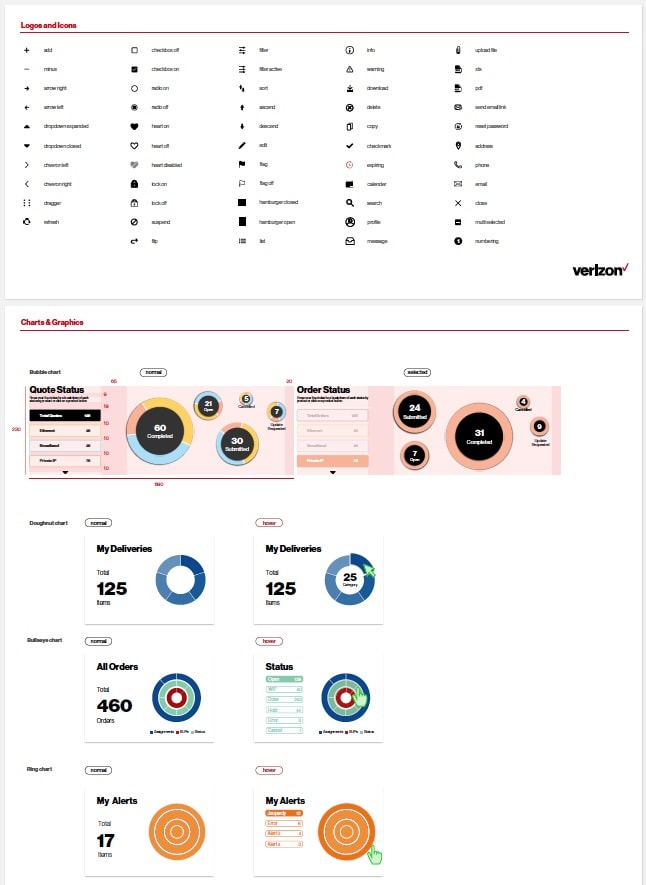
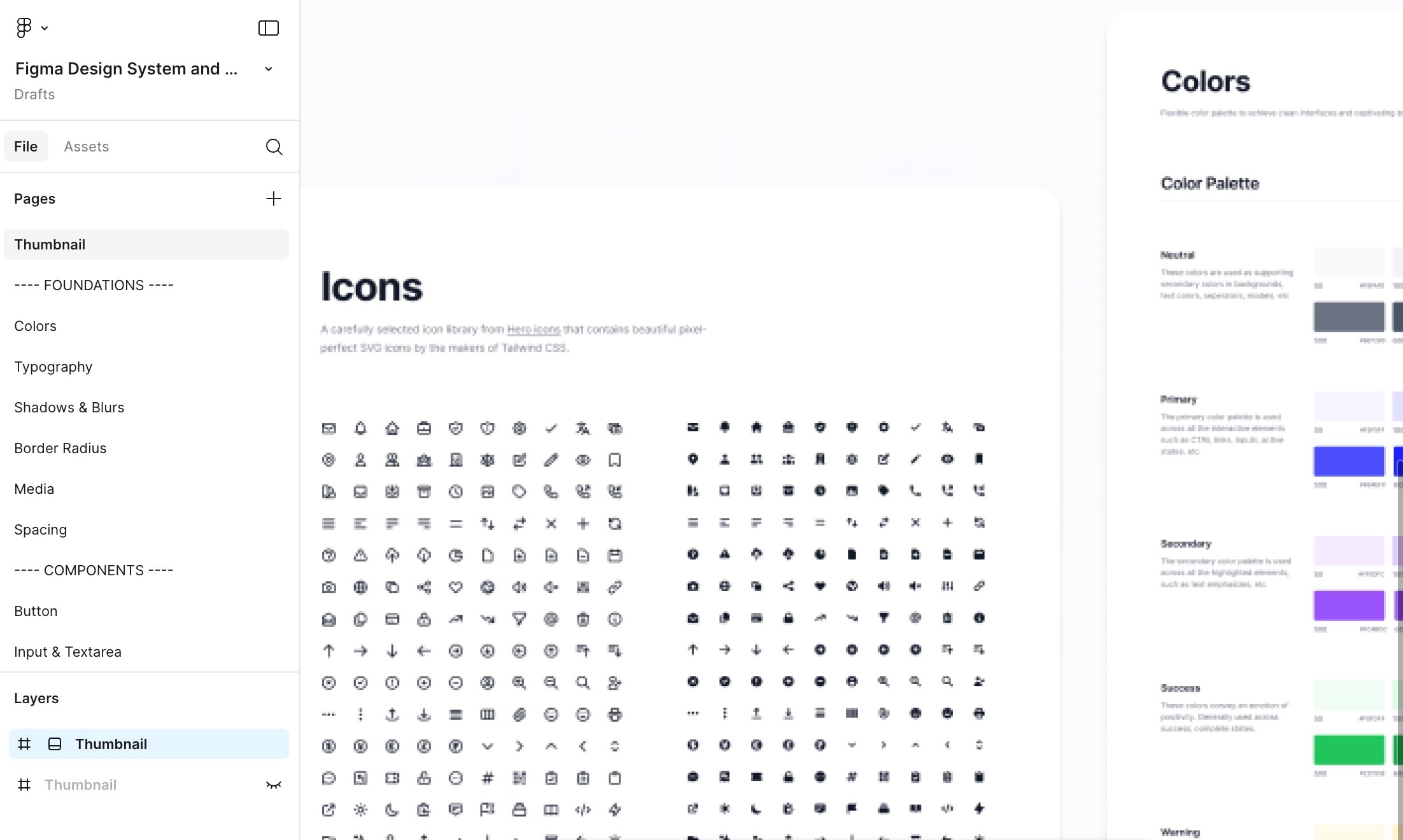
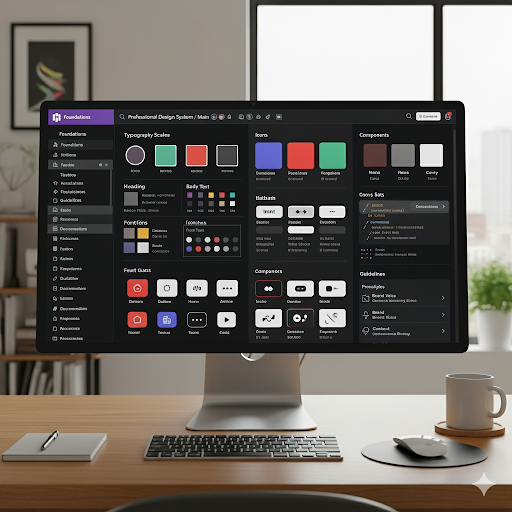
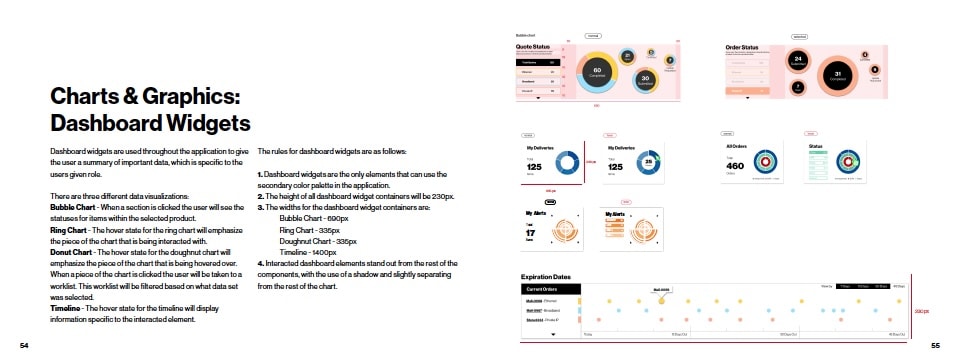
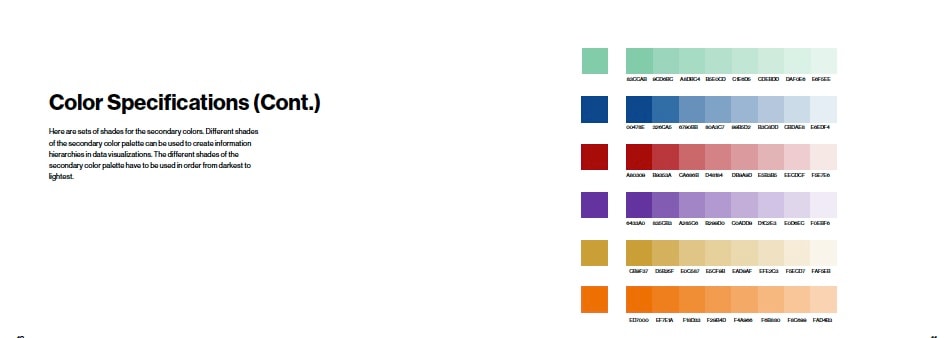
Design Systems - Examples (top to bottom)
- Pattern Library in HTML & Javascript
- FIGMA
- ADOBE XD
Impact